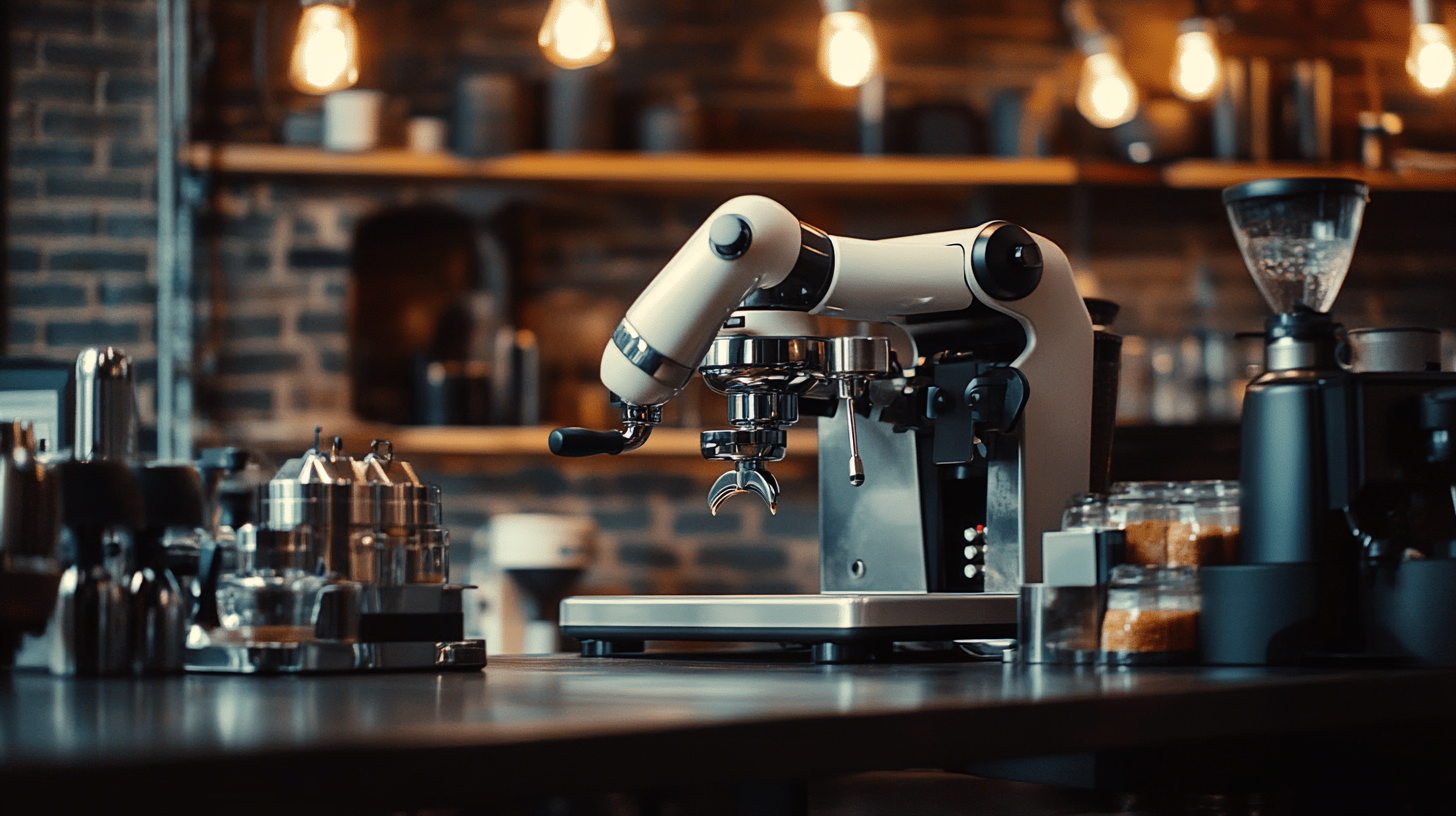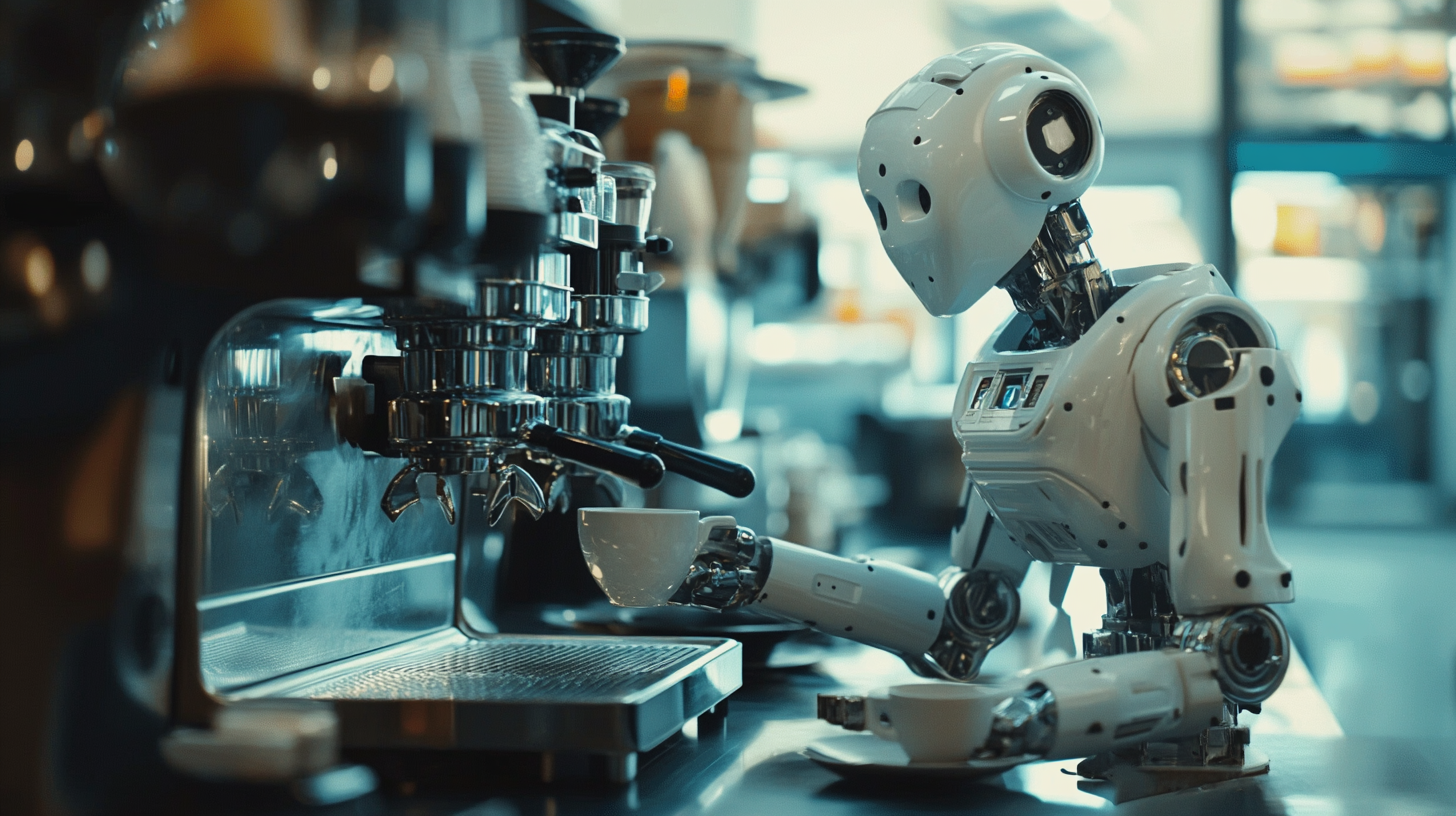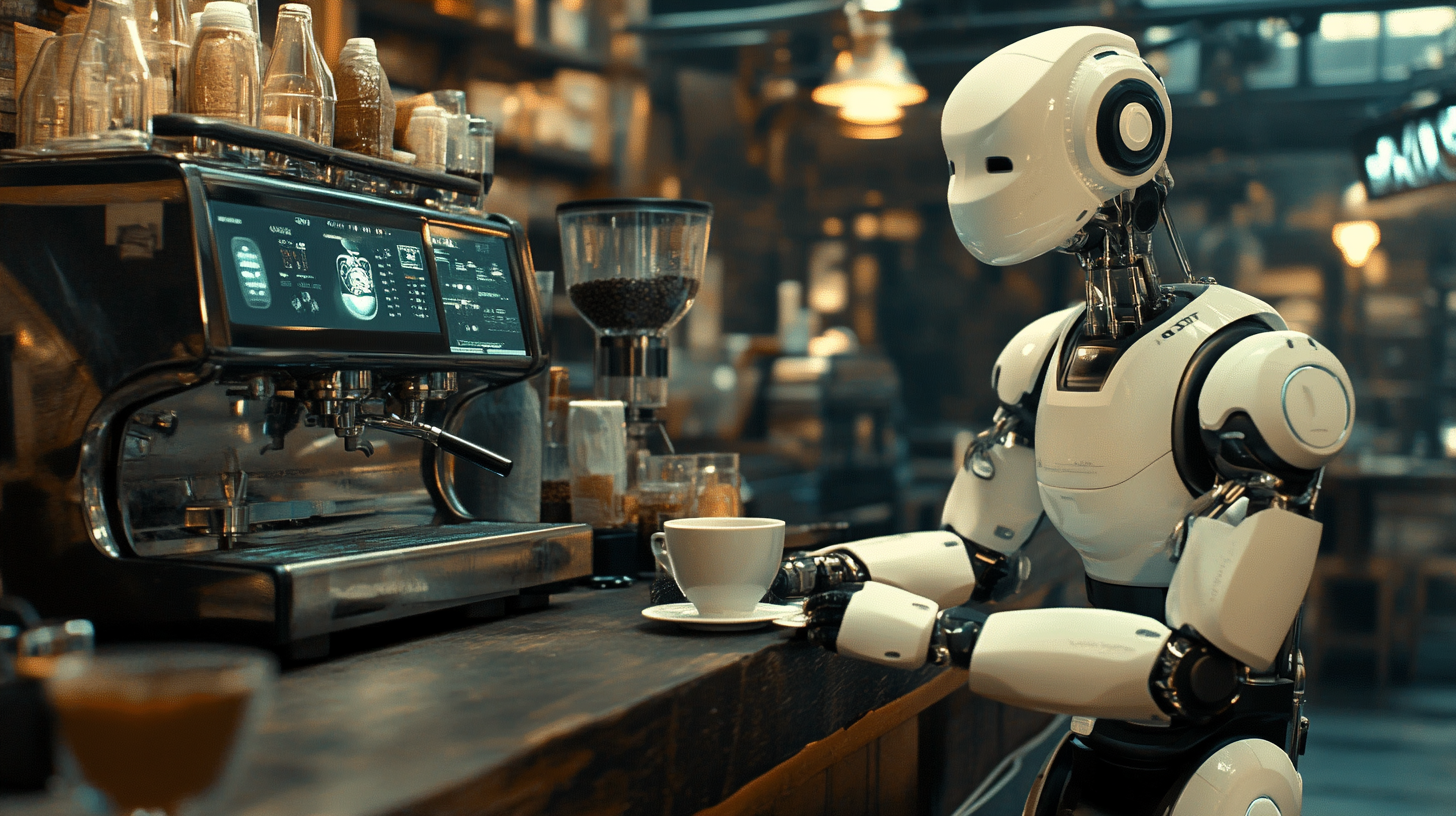Your Comprehensive Resource to Understanding The Robot Barista for Global Buyers
As the coffee industry continues to evolve, technology is making natural advancement resulting in innovative solutions such as The Robot Barista. According to Technavio's report, the global coffee machine market is expected to grow by USD 1.1 billion during the years 2021-2025 with growing automation and efficiencies being the key drivers of that growth. The timely introduction of robotic baristas not only caters to the increasing demand for high-quality coffees but also rectifies labor shortages juxtaposed with speed of service, creating a paradigm shift in an already competitive arena of the coffee industry.
The growing allure of The Robot Barista is a reflection of its naturally consistent preparation and personalization of coffee beverages with utmost finesse and minimal human intervention. A recent report by Mordor Intelligence entails that the global market for automated coffee machines is anticipated to grow at a CAGR of 19.5% between 2022 and 2027, showing interest by cafés and by fast food chains and convenience stores alike. The comprehensive resource aims at laying out the features, advantages, and market opportunities of The Robot Barista, hence assisting international buyers with sufficient information to invest wisely in this fast game-changing segment of the food and beverage industry.

Key Features and Innovations of Robot Baristas in Coffee Making
With specific features and innovations that address both roads, robot baristas are redefining coffee making. One of the main advances introduced by new technologies is the merging of artificial intelligence and machine learning. These intelligent systems scan customers' preferences in real time to personalize their drinks. Because past orders serve as reference for robot baristas, brewing methods can optimally fine-tune each cup of coffee. Another feature of robot baristas is measuring capacity. Every ingredient is accurately measured by wiring advanced sensors with automatic brewing processes so that flavors can be consistent. This reduces the amount of human error that comes with traditional preparation methods, which are critical to maintaining quality in high volume situations. It also makes them multi-functional, as many robot baristas can prepare all kinds of beverages outside coffee, such as teas and specialty drinks. These sustainable materials and energy-efficient designs provide modern robot baristas with unique growth opportunities. Many models feature eco-friendly components, meaning that these products reduce their carbon footprint. They also operate at a consumption level while in use, using energy efficiently, thus really grabbing the interest of environmentally conscious buyers. If ever the industry in food and beverages is gearing towards automation, robot baristas are doing well not only in innovating the coffee-making process but also with their promotion of sustainable practices that keep in mind the current consumer values.

Examining the Efficiency and Speed of Robot Baristas Compared to Human Baristas
Along with café owners and coffee lovers, robot baristas capture interest, for the machines bring the promise of efficiency and speed that could revolutionize the coffee industry. The baristas are not like human beings operated with precision and reliability, often preparing a drink in a few seconds. Such speed can be relied on to keep long lines at bay during the rush hours-many times a thorn in the flesh for busy outlets. With fast service becoming much sought after by customers, robot technology stands as a credible alternative.
Quality maintained by robot baristas under pressure is something that would usually be hard for baristas to uphold. Due to advanced programming and ability to judge key parameters such as brewing time, temperature, and ratios of ingredients, these machines can maintain the standard of coffee produced. This level of reliability will help increase customer satisfaction and repeat business, which is especially important in high-demand situations. Human baristas are definitely better skilled with creativity and customer interaction; yet once again, the efficiency of robots will augment these skills by quickly taking care of basic orders so that human staff can concentrate on specialty drinks and customer interaction.
Nevertheless, the introduction of robot baristas comes with a freight train of employment questions. Certainly, they have increased speed and efficiency; that, however, does not outweigh the detriment of human employment. On the contrary, it is seen that with the introduction of these robots, routine and repetitive work could be performed by robots, while the skilled work of baristas could turn towards artistic creativity and customer engagement. As technology advances, the human-robot relationship could create an altogether new experience for coffee drinkers worldwide.

Market Trends: Demand for Automated Coffee Solutions Among Global Consumers
Automated coffee solutions are in high demand globally, and with this demand, the coffee industry is being shaped by innovations and technologies. The robot barista is changing how coffee is brewed and served while keeping in consideration the convenience and the quality that consumers are increasingly aware of. This trend simply jives with the market insight that consumers are on a constant lookout for efficient and intelligent solutions for their day-to-day life.
From recent news, we find that fully automated labs for food and beverage were created to rapidly formulate healthier food products designed for multitudes of consumer tastes and applications of nutrition. Being an innovation, this stands for automation to fill all areas from food to robotic coffee-making, with every company trying to map new consumer demands. The service robot market in particular is anticipated to thrive with the potential to grow up to $36.1 billion by 2024, with a projected compound annual growth rate that could exceed 17.1 percent from 2025 to 2034. This accelerated growth would culminate in various levels of smart technology entering food service applications, providing an even better case scenario for the robot barista from the perspective of the café owner as well as that of the customer.
Furthermore, as coffee increasingly embraces a tech and health orientation, some experts believe that the entry of tech-driven coffee solutions will spur a major change in the coffee landscape. Automated coffee systems deliver a marriage of convenience and quality, enhancing the customer experience but also tempting the marketplace already hungry for the next big thing. As worldwide buyers seek to capitalize on these trends, knowing the implications of automated coffee solutions will be essential in maintaining competitiveness in this fast-evolving business scenario.

Challenges and Considerations in Implementing Robot Baristas in Cafés
This is where operating a café with robot baristas presents a peculiar set of challenges and considerations that operators must navigate very carefully. One big hurdle is integrating automated systems into existing café workflows. This rethinking of the standard operating procedures is essential because robot baristas are very useful in terms of efficiency and consistency when it comes to drink preparation. Thereby, training labor becomes important, as employees are expected to change from simply serving customers to working with machines.
Another crucial consideration is the initial investment and upkeep costs tied to robotic technology. A good-quality robot barista can be extremely expensive, making it a challenge for smaller- or medium-sized cafés. On top of that, regular maintenance and updates to the robot's software would be required so it could function well and not suffer costly downtimes. Therefore, cafés also need to consider how to manage customer expectations; some may enjoy the novelty of having a robot barista, while others may prefer the service of a human one.
Customer acceptance and interaction are critical factors that can determine the success of robot baristas. Many customers enjoy engaging with baristas, developing relationships that help build loyalty. Thus, cafés incorporating robotic solutions need to find a way to create a welcoming ambiance, integrating technology without alienating those customers who appreciate human interaction. Balancing this blend of innovation and tradition is key to ensuring a well-integrated café experience.
Future Outlook: The Potential Impact of AI on the Coffee Industry
It is set that AI technology will change the way coffee industry functions; the robot baristas are among the initiators of this change. They will not only brew coffee; they will also work on complicated algorithms to make the entire experience of making coffee much more exciting. Integrating AI with brewing involves streamlining operations, reducing errors, and improving efficiency without compromising quality - consistency needed by coffee enthusiasts.
Moreover, these robot baristas could dramatically transform the way customers consume coffee. Their skill in appraising the different tastes of customers and then recommending specific blends to suit their individual preference will make these machines very interactive with customers. This may even change how consumers think about going to a coffee shop - possibly coaxing them into experimenting with other coffee types as opposed to just enjoying one flavor or style. It has great chances to increase customer satisfaction and loyalty, and businesses that take the bold option of using AI may find themselves in the middle of a changing landscape.
AI has tremendous potential environmental benefits for the coffee industry. Robot baristas can keep on resource optimization toward zero waste and energy consumption. As companies strive for sustainability, these smart machines can also contribute significantly to greener practices. In the future, AI in coffee brewing will not only be regarded as a technological initiative but also growing responsibility toward the environment that will redesign the industry into a sustainable, more consumer-oriented marketplace.
